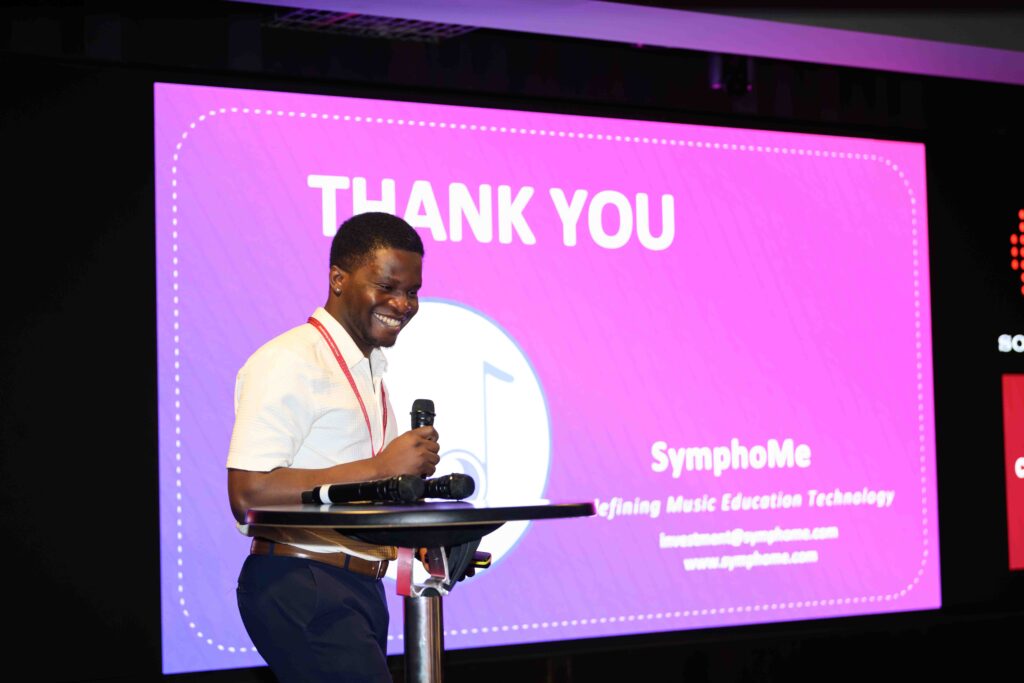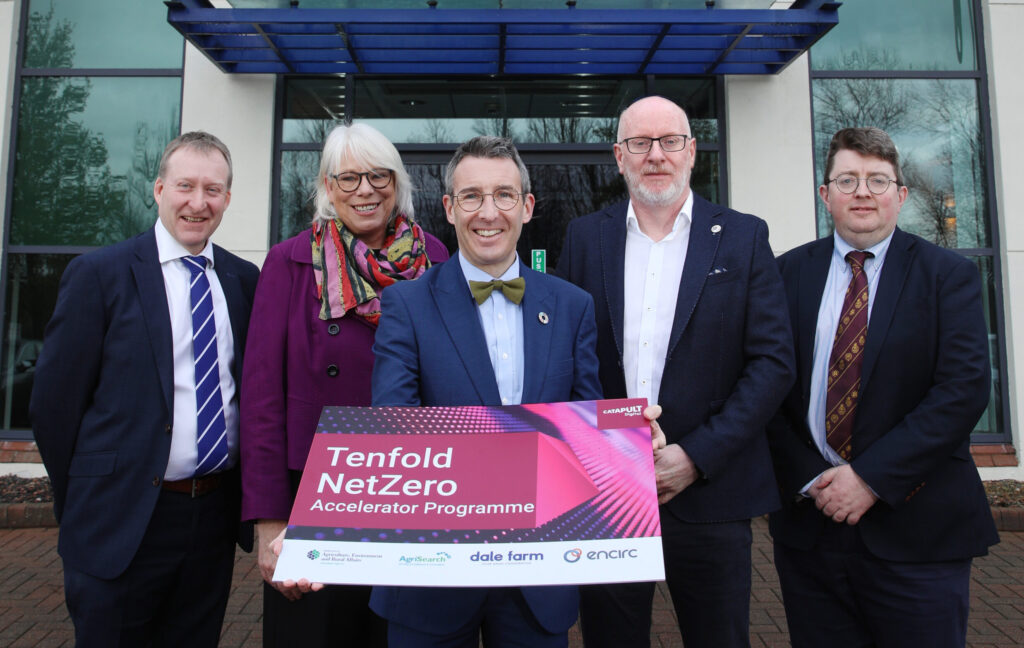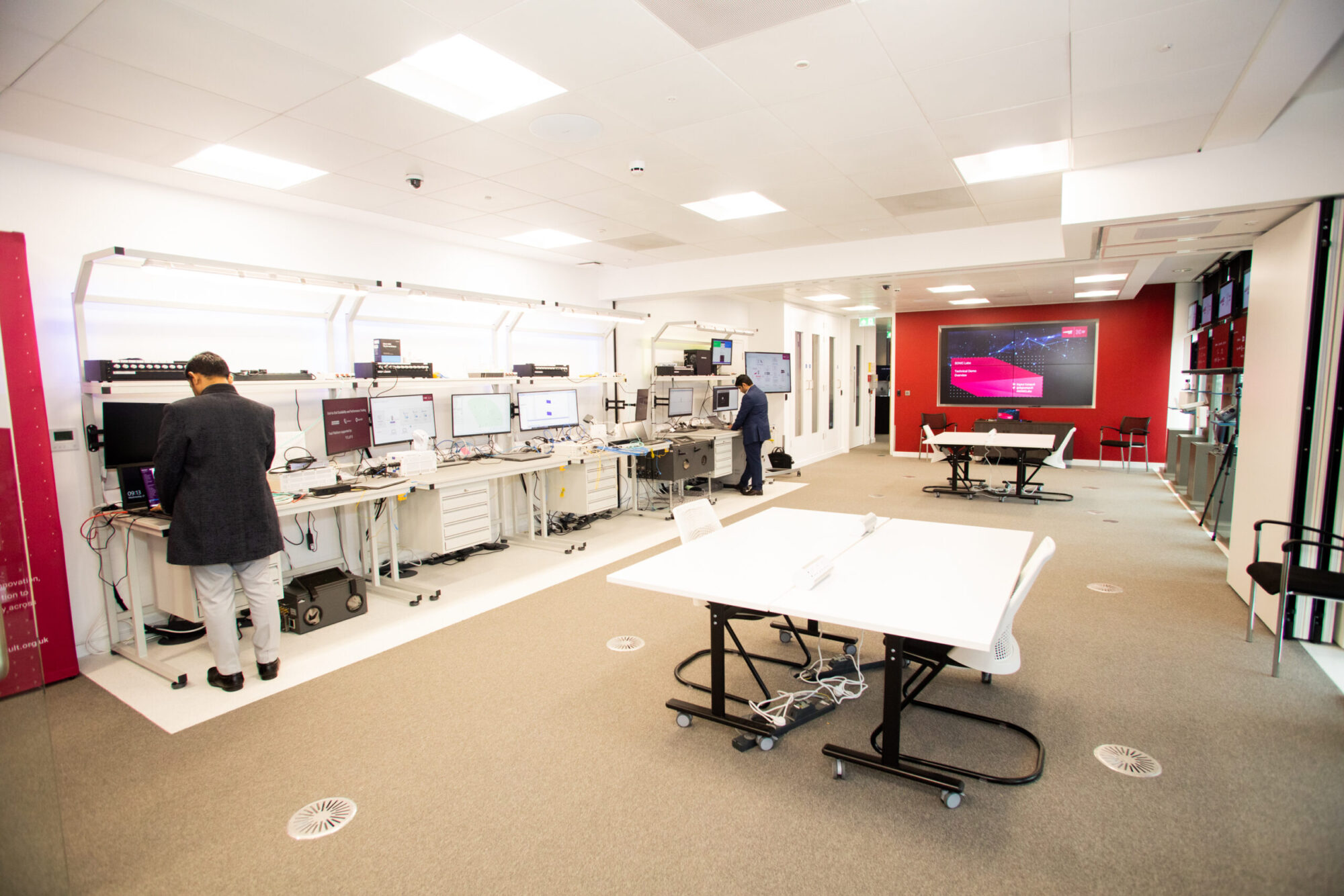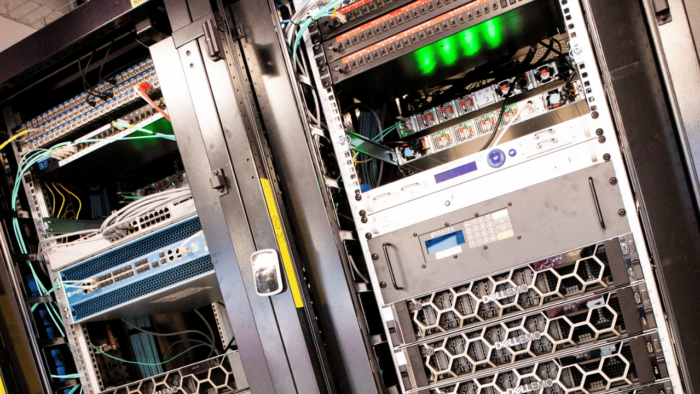In late 2024, we supported eight diverse vendors from Europe, North America and Asia including Tier 1 testing and measurement vendors such as Keysight and Viavi, established vendors such as Pegatron, Teledyne, Metanoia and Capgemini, and innovative SMEs and startups such as Calnex and Xelera. In addition to focusing on innovation, interoperability, and accelerating global 5G deployments, we introduced testing around energy efficiency monitoring for real radio units (RUs) and real distributed units (DUs), hosted on a commercial-off-the-shelf (COTS) server.
This work generated more evidence of the transformative potential of Open RAN technologies, with key learnings around:
1. Energy Consumption Monitoring
Improving energy efficiency of network operations is a key goal for mobile network operators. Radio access counts for about 60% of the total power consumption of a complete mobile network. Open RAN provides an opportunity to improve energy efficiency in mobile networks compared to traditional RAN networks, through the openness of Open RAN components making the energy consumption monitoring easier and more controllable.
Our support enabled participating companies to demonstrate energy efficient hardware and software solutions on real radio units as a device under test and real centralised and distributed units (CUs/DUs) as a system under test hosted on a common server (not bespoke or customised) with and without accelerator cards, leveraging the Keysight Energy Efficiency platform.
Encouraging test results were achieved, based on the energy efficiency test cases specified by O-RAN Alliance and adopted by ETSI. This would allow the PlugFest participants to not only see the performance of their Open RAN products, but also to benchmark their products in terms of energy efficiency; a critical KPI for operators. Adoption of Open RAN standards by ETSI is critical, since it adds endorsement from commercial and public sector entities, and illustrates the global move towards Open RAN.
2. Open RAN Security
Due to its openness, and new network functions and interfaces, Open RAN technologies have an inherently increased risk of internal threats compared to traditional RAN. Therefore, rigorous testing to identify and address the security vulnerabilities is required. During this PlugFest, we worked with participating companies to test new test cases with a focus on radio interfaces and the related protocols, such as RRC signalling protection, and test cases to emulate distributed denial-of-service (DDoS) attacks and to analyse the system performance.
3. End-to-End Open RAN Functional and Performance
Testing individual network elements and interfaces and the interoperability between them is important, but testing all these elements and interfaces together, including devices, on an end-to-end and system basis is critical to ensure successful deployment of Open RAN and services perform as expected.
We worked with participating companies to showcase end-to-end Open RAN deployments, from the RAN layer to core network integration, ensuring the solutions can meet the performance demands of 5G and beyond. This end-to-end testing involved real CUs/DUs as system under test, with multiple emulated devices, testing them for function and performance with the focus on latency, uplink/downlink throughput and delay impairment testing on the fronthaul interface. Performing end-to-end testing with multiple UEs help assess how well the network performs when overloaded and also how well the devices perform when connected to a network.
For future PlugFests, we will build on the learnings from this year’s activities, extending energy efficiency and Open RAN security testing, increasing the number of profiles for different delay impairment parameters, and performing all tests in automation mode.
































































